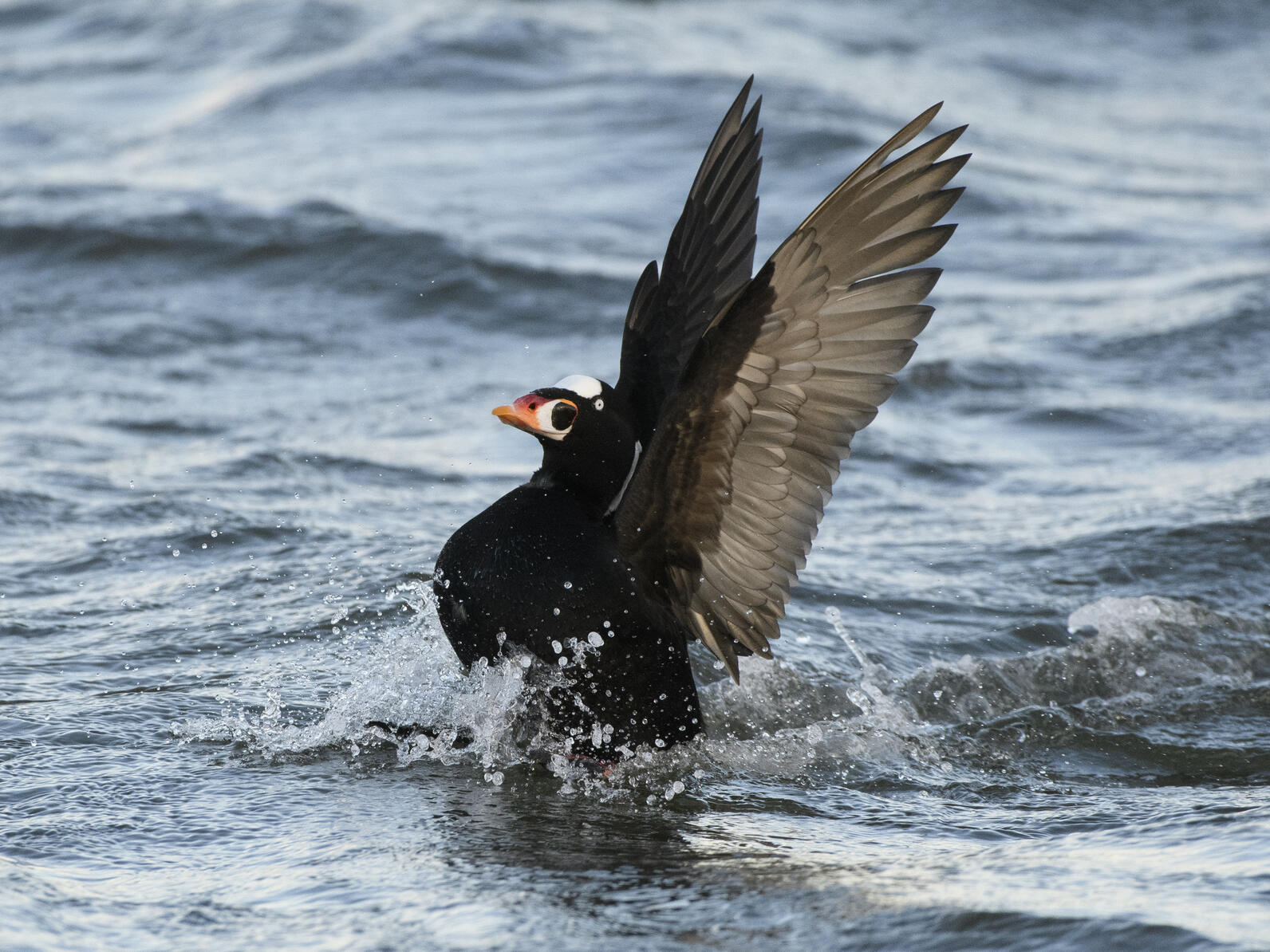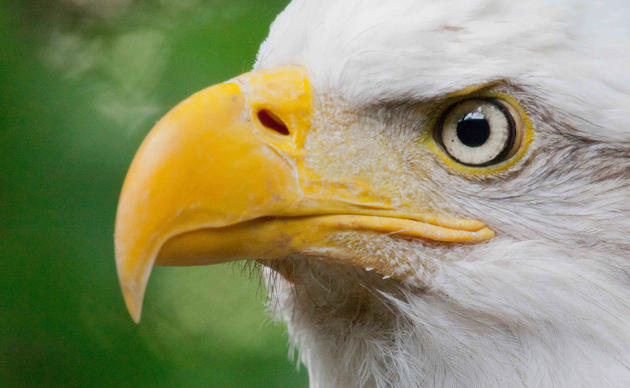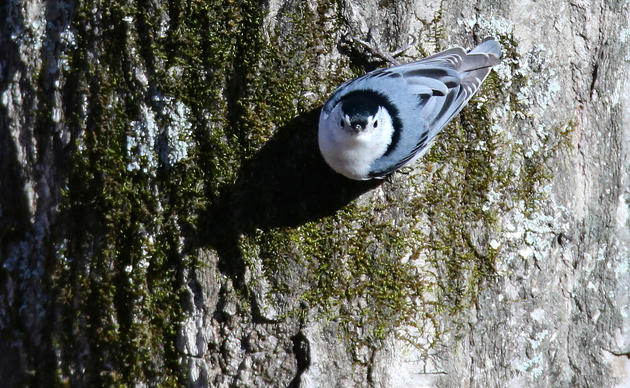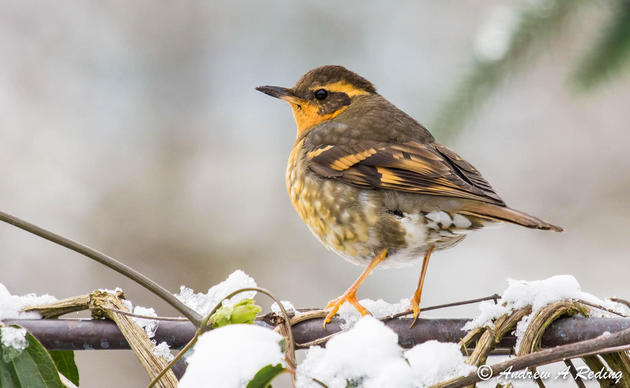The Puget Sound Partnership measures progress in restoring ecosystem health using specific “vital sign” indicators. One of those vital signs is the status of marine birds. Marine Bird Vital Signs tell us about the health of populations of resident and migratory bird species associated with Puget Sound. The data that support this vital sign are collected by WDFW and informed by data from other regional monitoring programs, such as the Salish Sea Guillemot Network, founded and coordinated by Whidbey Audubon Society.
The 2021 Bird Vital Sign study is led by Scott Pearson, senior researcher in the Washington Department of Fish and Wildlife science division. We asked him about the latest Marine Bird Vital Signs and what that means for birds and Puget Sound.

Why are birds considered a vital sign for Puget Sound?
The Puget Sound Partnership wanted a variety of indicators to measure ecosystem health. Some of those indicators deal with human health and wellbeing, some deal with water quality and quantity, and then there are several species and food web indicators. The selected species and food web indicators include orca, herring, salmon, and marine birds. Why marine birds? They are ubiquitous and we have good long-term data on them, so they lend themselves well as an indicator. Our marine birds also fill a variety of different niches and they all have different levels of dependence on the Salish Sea, from some that are here year-round to others that use it as a migration stopover. One thing to point out is that birds are not an indicator of something else. A lot of people think they have to be an indicator of something else, for example, of habitat. But we have habitat indicators. We don’t need to measure birds for habitat health. We monitor birds to know if species in food webs are healthy. So they are indicators of themselves, of the food web, and of the animals, not of something else.
What are the takeaways from this 2021 update?
We are continuing to see long-term population declines in scoters and murrelets and we are seeing no change in Pigeon Guillemot or Rhinoceros Auklet populations. There are some early warning signs for Pigeon Guillemot that we are keeping an eye on right now. From community science information (the Salish Sea Guillemot Network), we have seen a change in diet in recent years, and there was also some suggestion of lower reproduction so now we are looking to see if that was a short-term event and they are coming back to a normal state or is it part of a longer-term decline.
Do we know what is causing the decline in scoters and murrelets?
We’re seeing a longer-term decline in species like scoters that depend on food in the nearshore environment and feed off more benthic food sources and food sources that are found on plants and algae (e.g., herring spawn and invertebrates). As for why that is, it could be a reduction in herring spawn in some places or an increase elsewhere. I think of it as a push and pull. Scoters are overwintering in this area, and they could be getting pulled away by better food sources elsewhere, or they could be getting pushed away if food sources here are poor locally. So you have this push pull of resources and you don’t know for sure what is affecting the population, but we do think it’s an issue of food sources.
For Marbled Murrelets, it’s an issue of habitat. Like all marine birds, Marbled Murrelets have to come to land to breed, although they spend nearly their entire lives in the ocean. In fact, most marine birds spend their first couple years on the ocean without ever coming to land. But eventually when they’re mature enough,, they’ll come to land to breed. In contrast to murrelets, Pigeon Guillemots will come to land during the breeding season and will spend much more time on shore. You don’t see that at all in the Rhinoceros Auklet. They only come to shore to come to their burrow. They go into their burrow and feed their young or incubate their eggs, and they also interact socially at the colony at night, but they spend much more time at sea. The Marbled Murrelet on the other hand, is breeding in the forest on branches farther inland. It’s hard to know for sure what’s affecting them- is it the terrestrial environment where they’re breeding? There’s certainly a lot of indication that their population distribution and abundance is largely affected by the quality of nesting habitats. At the same time, we’ve done research looking at both the marine and terrestrial factors to see what affects them more, and we see that as we get into the Salish Sea, the marine environment becomes more important. We have to look both at what’s happening to high-quality nesting habitat, and what’s happening in the marine environment. They tend to forage in nearshore environments and there’s a lot more human activity in nearshore environments that might affect them.
And Marbled Murrelets don’t nest in colonies, right? Is that unique among seabirds?
That’s unique within its family of alcids. All of the other alcid species breed in offshore nests and islands. The exception to that is the murreletes, although a Marbled Murrelet cliff nest was discovered in WA, but nearly all the nests in California, Oregon and Washington have been in trees.
How will we use this information going forward?
Our primary goal is to figure out where we have seabird declines, and what we can do about it. We’re using our abundance and distribution data to see what factors are coming into play at sea, and once we identify those factors, seeing what we can do to make the environment better for them.
How can readers support your work?
Stay informed and stay involved. Learn about how our environment is doing and what factors influence it. One thing we’re doing that’s very important is protecting the health of forage fish. Anything we can do to help maintain our forage fish is critical. Forage fish are the herring and smelt species that mostly spawn in nearshore sand and gravel, so it’s very important we protect those spaces. Forage fish are critical to our salmon and the whole system. You can also participate in organizations that are devoted to conservation. Participate in community science projects like COASST. Also if you’re out boating, go around the birds rather than plow through them and cause them to flush. There are more and more boats in Puget Sound and those boats are flushing birds again and again which has a big cost for them as far as energy output and potentially survivorship. The more we space we can give them, the better.
Read more about Puget Sound vital signs, measures of ecosystem health and progress toward Puget Sound recovery.






